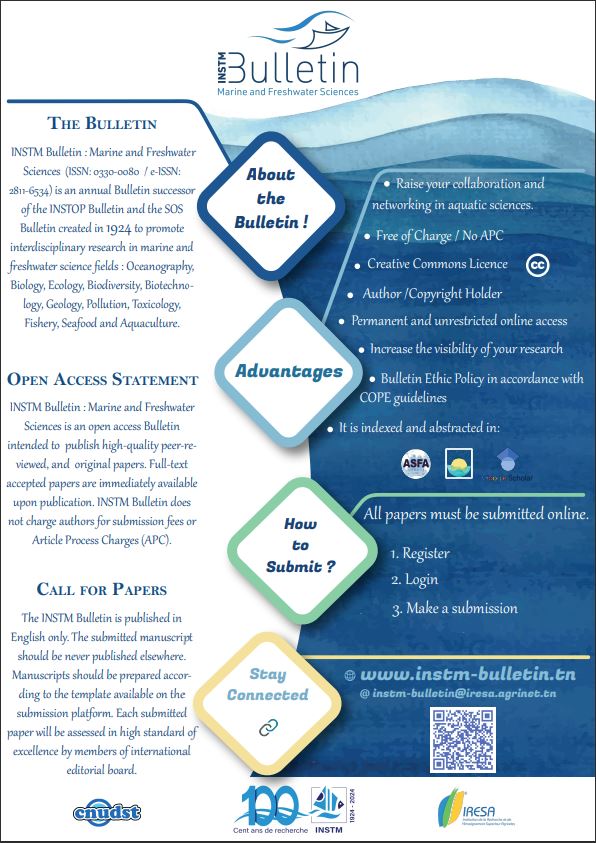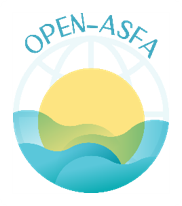La Culture primaire de la rétine du Psammomys obesus: un procédé d’évaluation de la capacité antioxydante de biomolécules d’origines marines
Keywords:
Psammomys obesus, GlucoseAbstract
Diabetic retinopathy (DR) is the most common retinal disease leading to the progressive loss of visual function and blindness. It have been suggested that the neuronal retina is altered during the early stages of diabetes. The sand rat Psammomys obesus (P.ob), a spontaneous model of type-2 diabetes, exhibit retinal degeneration under hyperglycemic conditions. We investigated in vitro the alterations of P.ob retinal cells under hyperglycemic condition as a tool to study the protective effect of antioxidant marine molecules. P.ob retinal cells were incubated at a normal concentration of glucose (5 mM) as well as hyperglycemic
conditions 25 and 40 mM for 5 days. Mitochondrial metabolism and cell viability were assessed by the MTT test, trypan blue assay, and DAPI staining.
MTT values decreased significantly with the increasing concentration of glucose (25 mM (p<0.01); 40mM (p<0.01). Trypan blue exclusion dye revealed that incubation in the presence of 25 and 40mM of glucose, less than 50% of the retinal cells survived compared to control and that the percentages of positive DAPI were significantly inhibited by high glucose 25mM (p<0.05) and 40mM (p<0.05) compared to that in cells cultured in 5mM of glucose. These results suggest P.ob retinal neurons may represent a novel cell culture model system that can be used gain understanding and treatment of the disease










